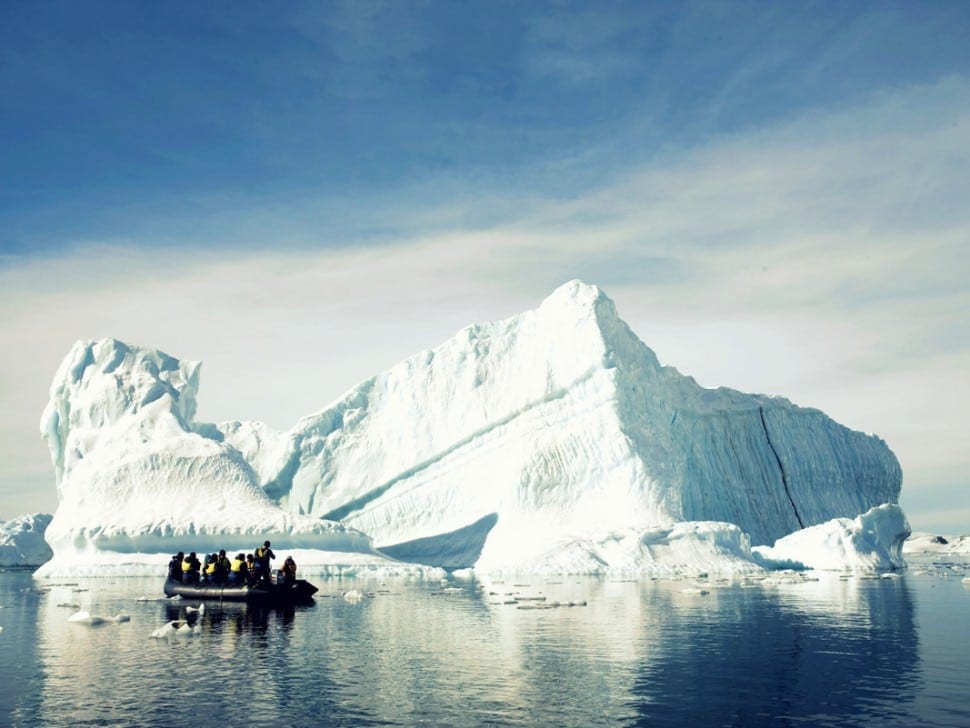Alarm bells have been going off in conservation circles for a few years now as tourism to Antarctica is on the rise, and 2012 numbers will surely give them more food for thought: according to latest numbers from International Association of Antarctica Tour Operators (IAATO), the total number of tourists traveling to Antarctica was 34,316, an increase from 26,519 during the 2011-2012 season, though that is a recovery from 2009-10
and 2010-11 when totals were 36,881 and 33,824 respectively.
The 2007-08 season was the best season, with 45,213 visitors to the continent, but these expensive tours went down dramatically after the economic recession hit.
Tourism estimates for next season, 2013-14 is expected to grow 3%, from 34,316 this past season to 35,354 across the various categories.
Among the reasons for the 2012 rise: a mild resurgence of voyages by cruise-only operators — where no landings ashore are offered — from five to seven, accounting for 9,070 passengers and approximately 5,000 more than the previous year.
Growth was also seen in tourism segment that includes traditional small and medium-size expedition ships and yachts — all carrying 500 or fewer passengers and conducting landings — from 20,271 to 23,305 passengers. Numbers increased in the air-cruise category, up from 860 during 2011-12 to 1,587 for the season just ended. Air-land tourism declined more than 30% from 516 to 354 visitors during the 2012-13 season.
IAATO of course has a horse in the race: to continue growing these numbers to build on the lucrative business, and it advocates for self-regulation instead of governments banning increased tourism in the very environmentally-fragile region. “Through self-regulation, Antarctic tourism is a sustainable, safe activity that causes no more than a minor or transitory impact on the environment and creates a corps of ambassadors for the continued protection of Antarctica.”
For more background on these numbers and the implications on tourism, read our earlier story: As tourism numbers rise in Antartica, conservation alarm bells go off
Subscribe to Skift Pro to get unlimited access to stories like these
{{monthly_count}} of {{monthly_limit}} Free Stories Read
Subscribe NowAlready a member? Sign in here
Subscribe to Skift Pro to get unlimited access to stories like these
Your story count resets on {{monthly_reset}}
Already a member? Sign in here
Subscribe to Skift Pro to get unlimited access to stories like these
Already a member? Sign in here
